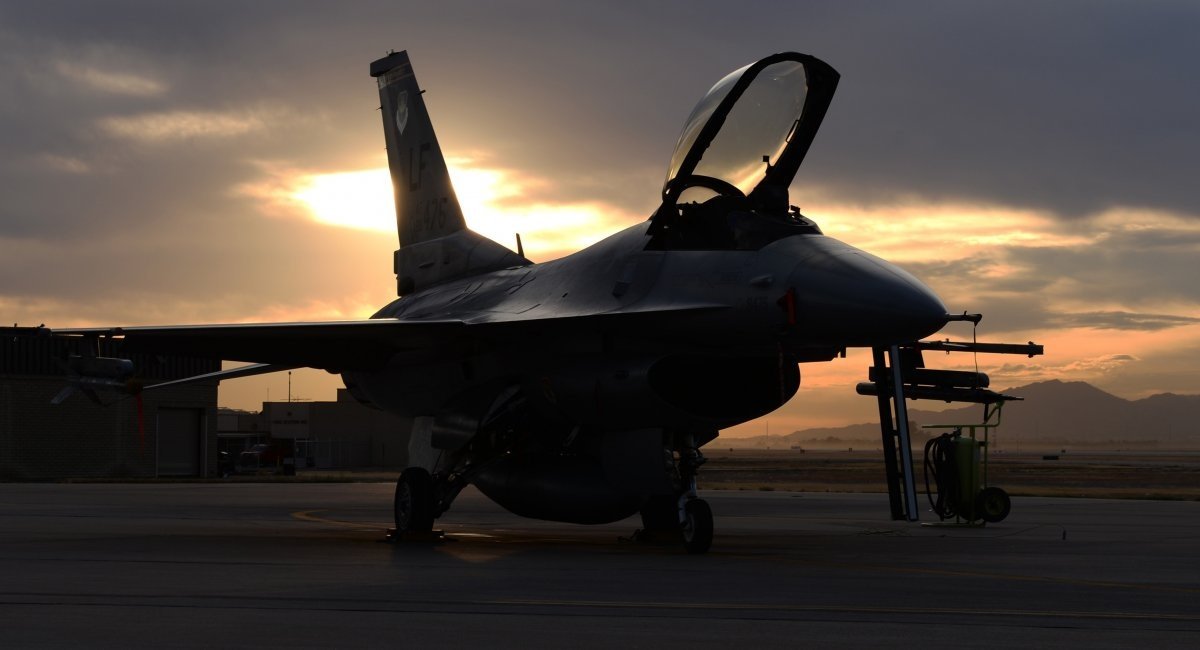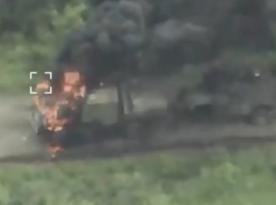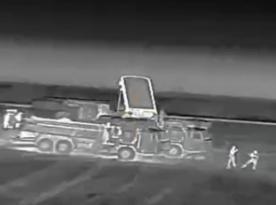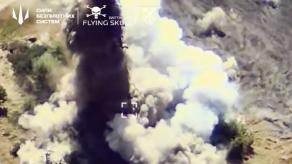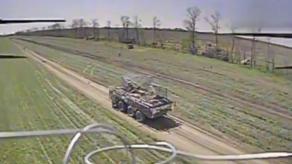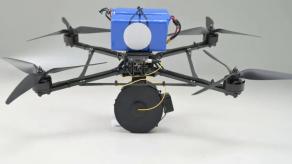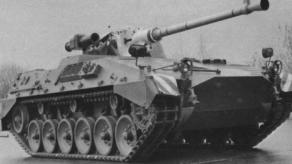A very long discussion of all the scenarios of how the Ukrainian Air Force should be reinforced with F-16 4th+ generation fighter aircraft is now approaching its conclusion since all the necessary agreements are made and the "F-16 coalition" has been formed.
According to the official statement from the Ministry of Defense of Denmark, this condition comprises: the Netherlands, Great Britain, Belgium, Denmark, Canada, Luxembourg, Norway, Poland, Portugal, Romania, and Sweden. These are the countries that agreed to start training Ukrainian pilots and on-ground service staff.
Read more: Ukraine’s Defense Minister Signs Coalition Memorandum for F-16 Pilot Training at NATO Summit
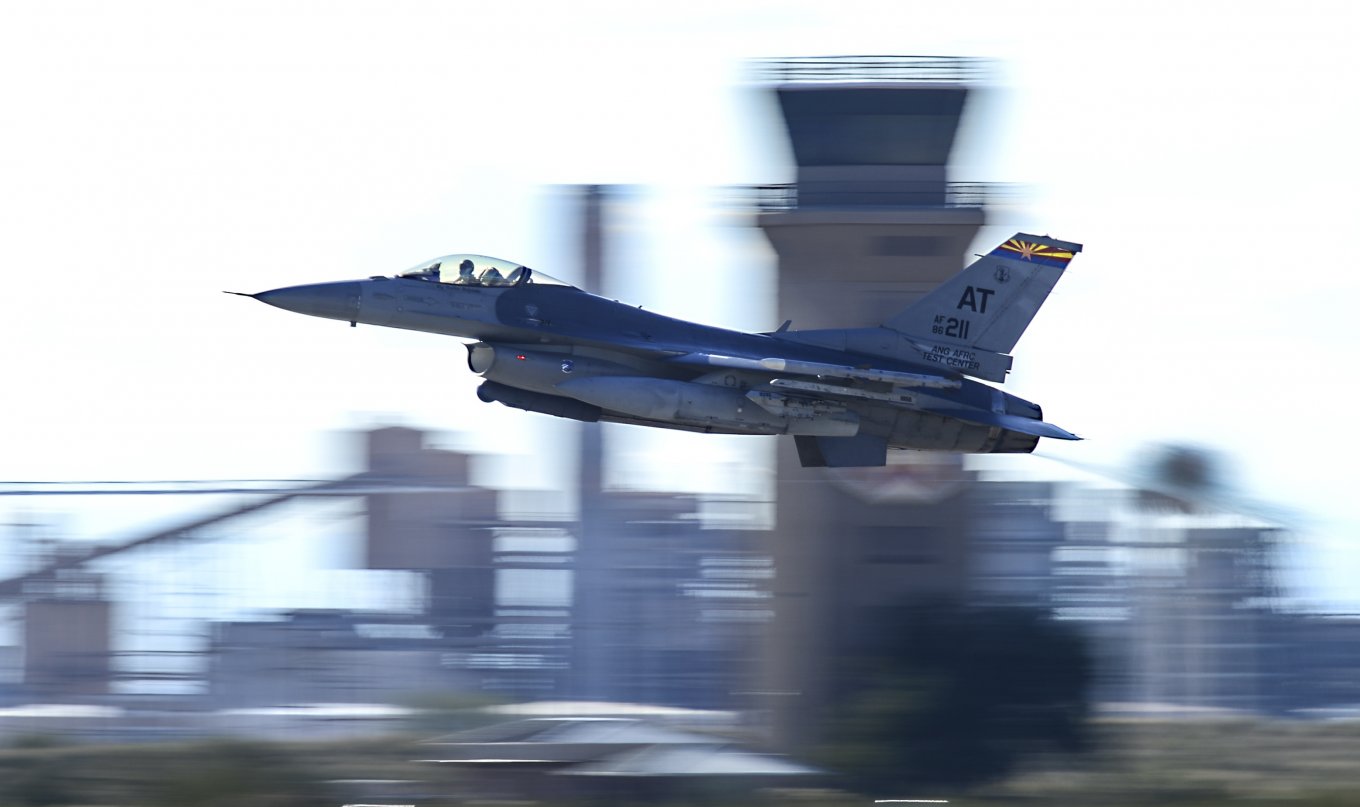
The location where the language theoretical and practical training will take place has been decided upon, too – the Skrydstrup air base in the southern part of Denmark. This air base is the primary deployment spot of the 727th and the 730th squadrons of the Danish Air Force, these units are switching to F-35 fighters.
Danish acting defense minister Troels Lund Poulsen said the first phase of the training includes teaching 10 to 12 pilots and support personnel, 30 to 40 specialists in total. The course is expected to start in August, or in the early days of September at the latest.
The period they need to become ready was estimated at six months at the very least, however, Ukrainian Minister of Defense Oleksii Reznikov assures that the program could be finished in four months. Should be noted, the Western countries, despite their initial estimates of 12 or 18 months, have shrunk their expectations to 8 months earlier.
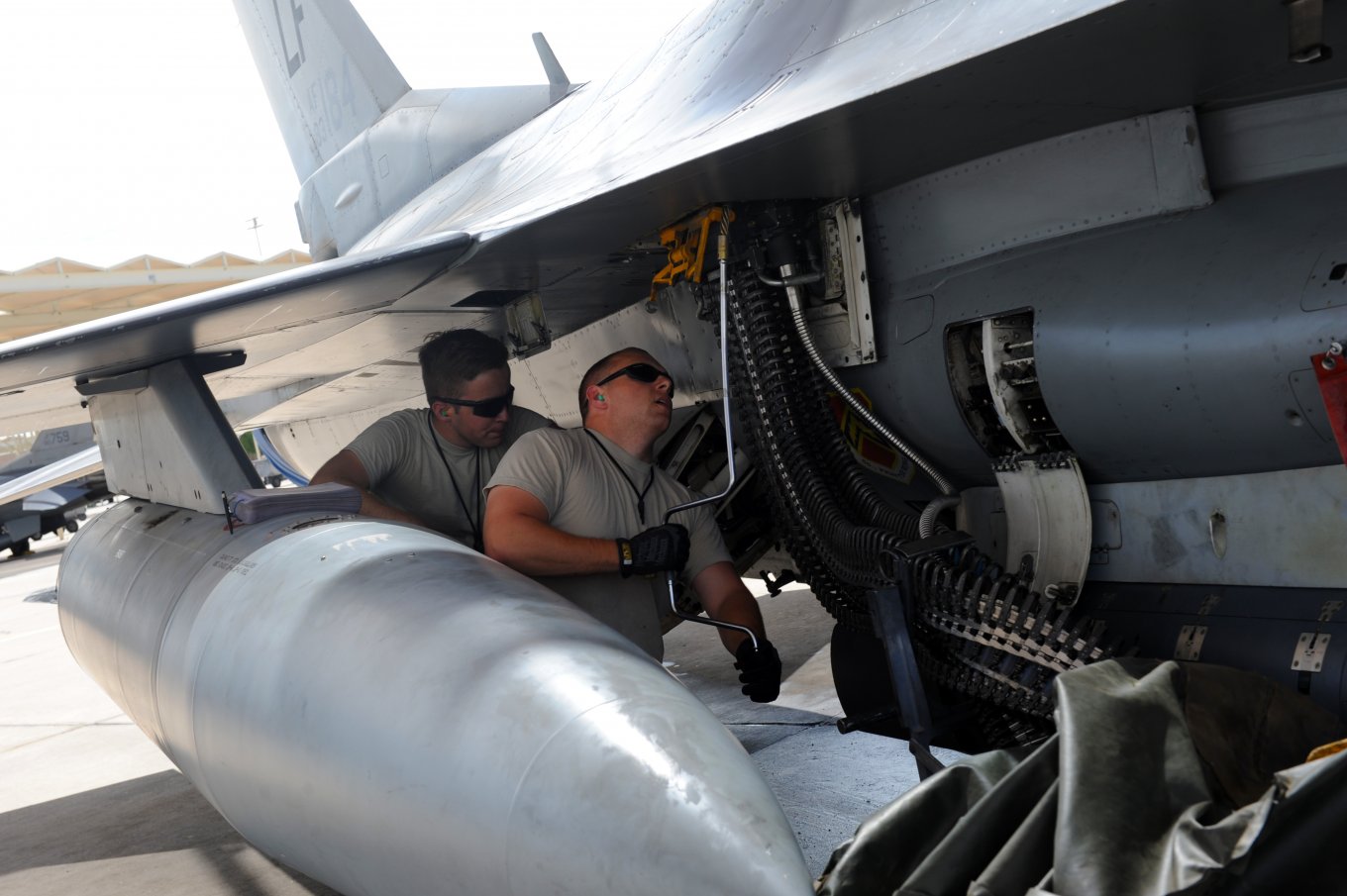
Nonetheless, the six-month term looks like the most reasonable and mutually agreed. This time frame was also mentioned by Ukrainian foreign affairs minister Dmytro Kuleba who said the first fighter aircraft are to arrive in Ukraine "by the end of the first quarter of 2024," i.e. by the end of March.
Incidentally, Denmark is the first in the line of potential candidates for providing the aircraft because it is in a state of transition from F-16 to F-35. By the end of 2023, 17 more 5th-generation jets should arrive in the country. Accordingly, about a squadron of F-16 jets theoretically could be decommissioned and transferred to Ukraine.
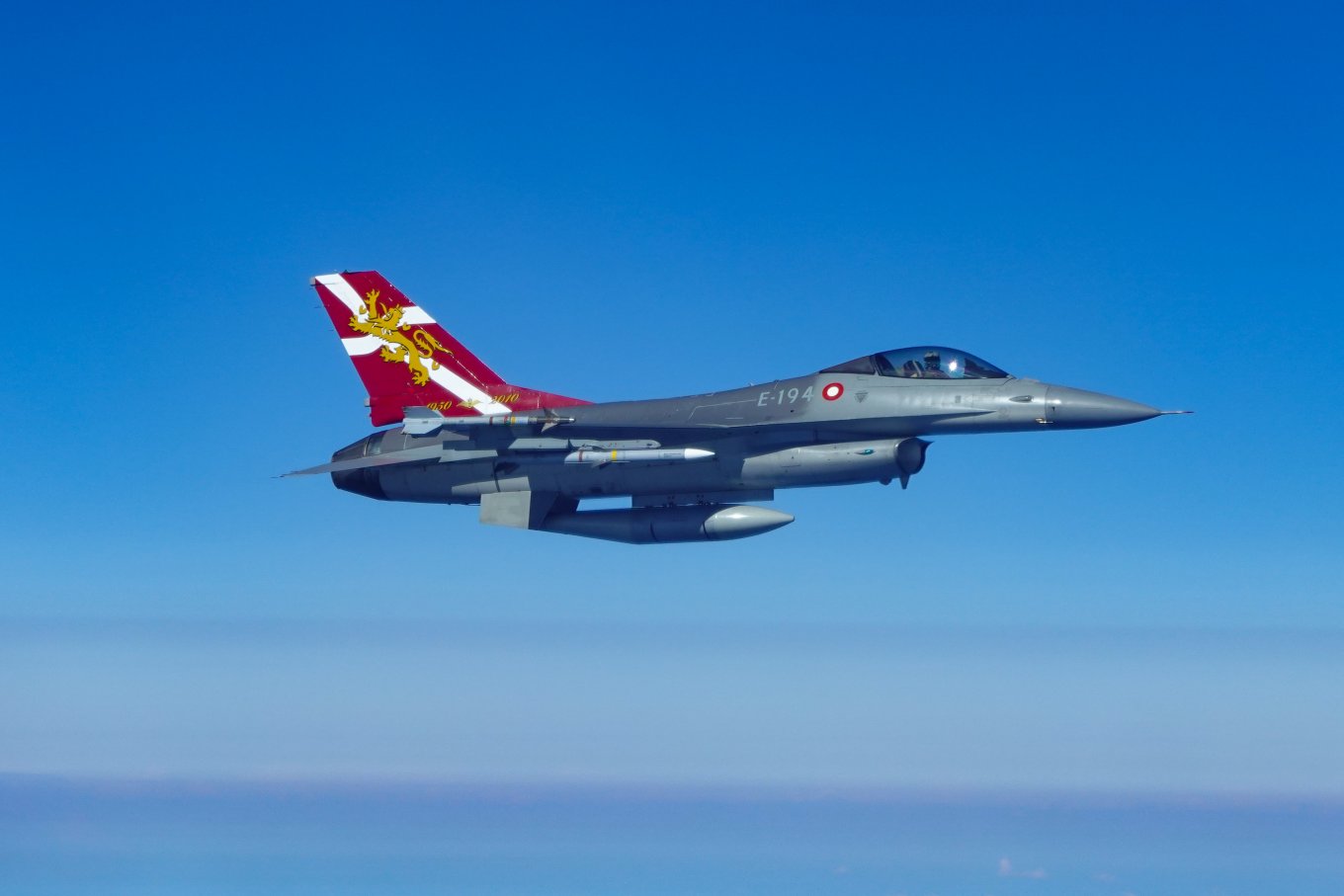
And it looks like the information regarding the training for only 10 to 12 pilots only applies to Denmark's particular role in this process. Because yesterday, on the 11th of July, Ukraine's ambassador in the United Kingdom Vadym Prystaiko stated that 20 Ukrainian pilots would be dispatched to Great Britain for training. Apparently, they will undergo the basic course for transition to a Western-type aircraft.
Among the other participants of the F-16 coalition, the role of Poland is known as well. Ukraine's neighbor will provide access to training infrastructure and courses, as officially announced yesterday by Polish Minister of Defense Mariusz Blaszczak.
Sweden also confirmed its participation. The country's Minister of Defense Pal Jonson confirmed earlier in April that Ukrainian pilots would receive training from Swedish specialists but not on the F-16 themselves but on the JAS 39 Gripen instead.

As for the role of the Netherlands, most likely, the Dutch would be the first ones to provide the combat aircraft on the first stage of the plan. It is difficult to assess the number of jets that could be handed over, but there is a clue that the Netherlands wanted to sell 12 aircraft to the private company Draken International, the deal also suggested up to 28 optional F-16 for sale. One way or another, the agreement was canceled, although there is no indication whether only this optional part was terminated or the deal altogether.
The roles of Portugal and Romania are also quite logical since both are the current operators of F-16 and they can contribute to training both pilots and technicians. The same goes for Norway which had operated F-16 but replaced them with F-35, and Belgium, especially since the latter is in the process of transitioning to the F-35, too. The only issue is that the first aircraft of this type are scheduled to arrive in Belgium only "after 2023."
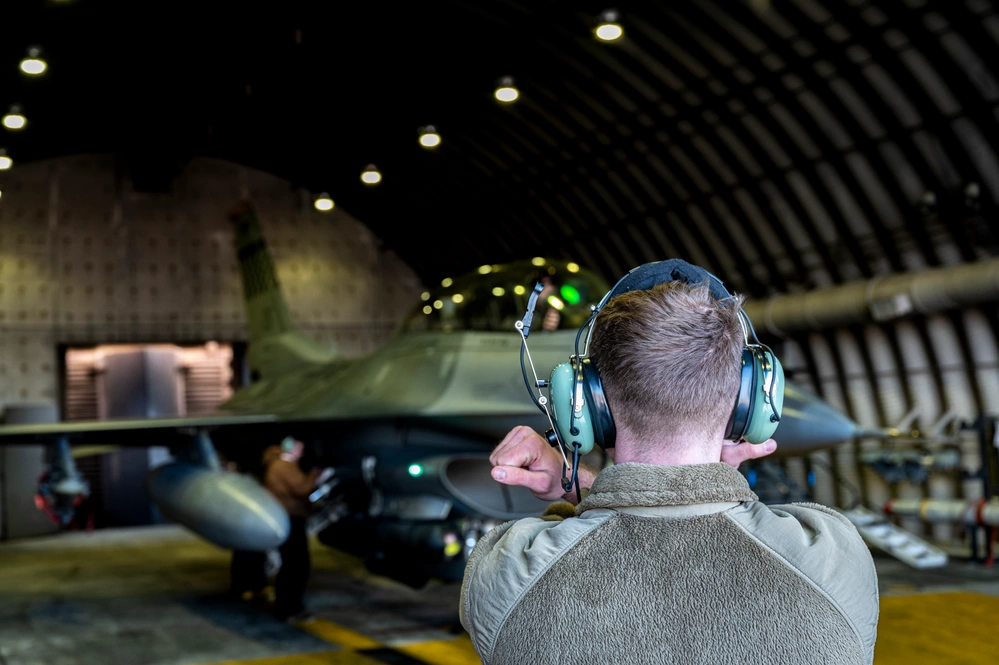
There is also Canada mentioned among the participants of the coalition. Although it does not have F-16 in service, it can provide the same basic training for pilots as Great Britain.
The most intriguing here is the role of Luxembourg which does not even have its own air force. The thing is, all NATO's E-3A Sentry AWACS planes are assigned to this country. For F-16 pilots, interaction with AWACS is one of the elements of the training and a condition for the most effective application of all the capabilities this fighter jet wields during real combat.
Of course, there is still a possibility that this relatively small country would only help the coalition financially.

Read more: How to Adapt French SCALP-EG Missiles to Ukrainian Su-24 Aircraft




